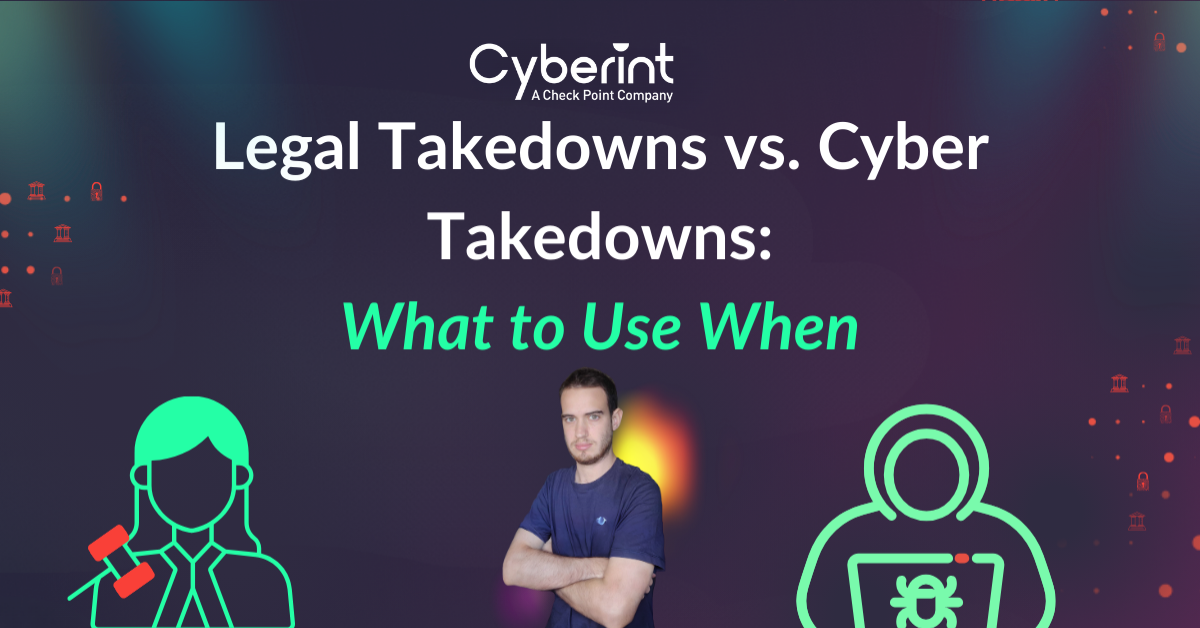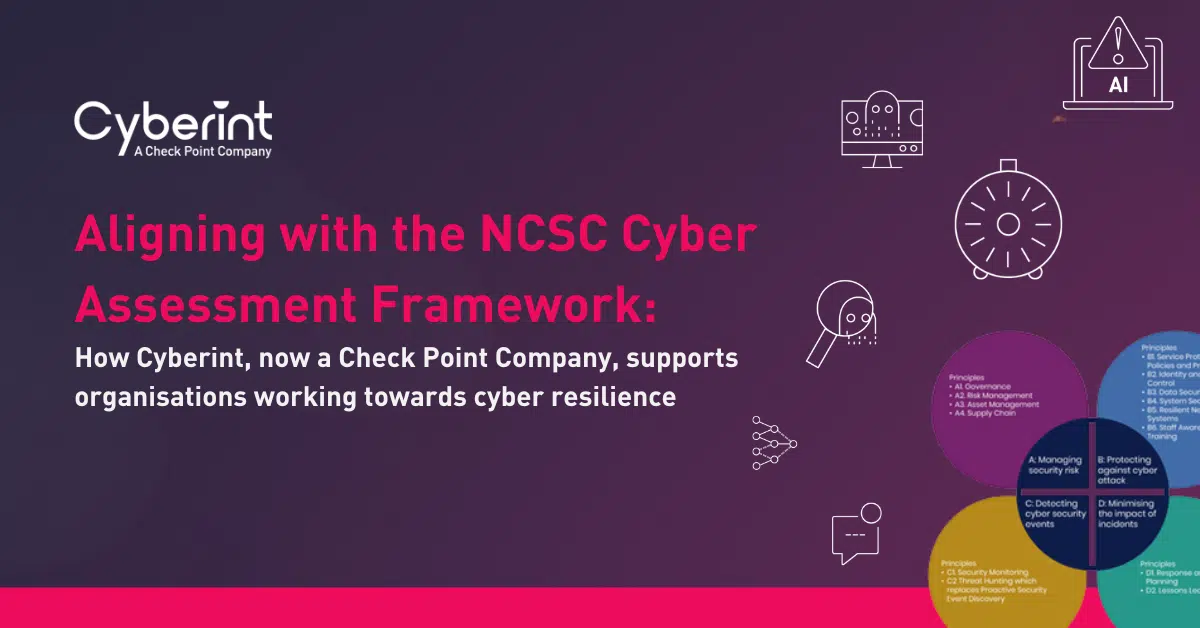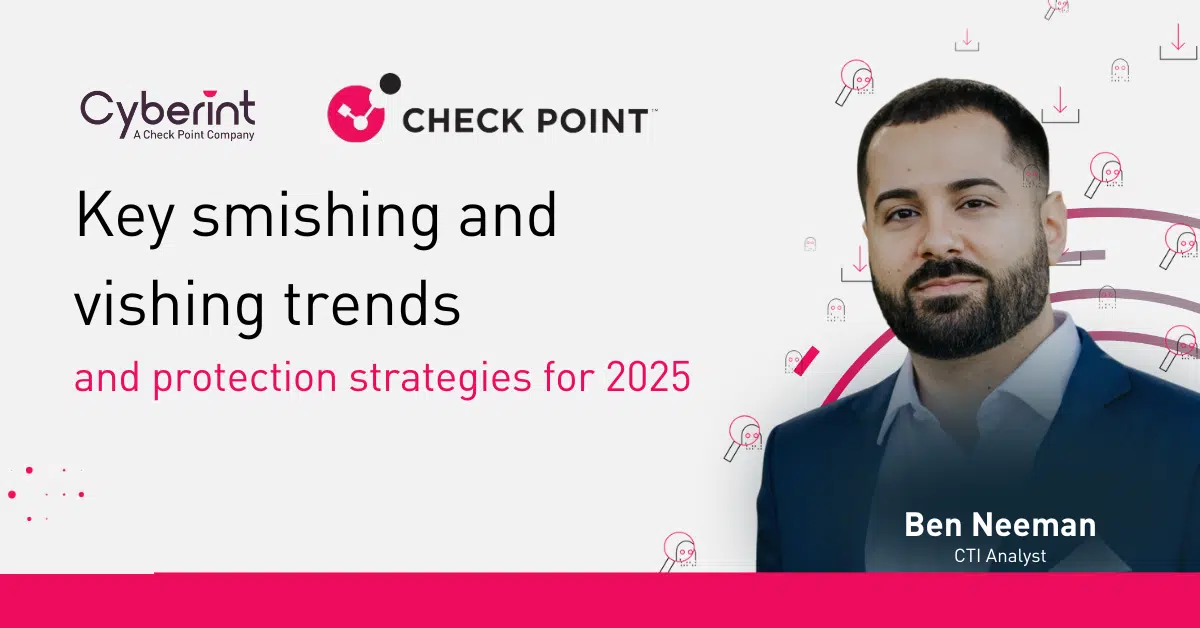


Imagine you’ve just discovered that threat actors have registered a lookalike domain and are using it to host content that impersonates your business. It’s a safe bet that your customers will soon begin falling for the ruse and handing over personal information to the threat actors, if they’re not already.
Faced with this threat, how can you protect your business’s reputation and brand? There are two main options. One is to contact a law firm, which can help initiate a legal takedown of the malicious content and domain. The other is to call a team of cybersecurity experts to start a cyber takedown.
Which team – lawyers or cybersecurity experts – is the best choice for remediating the threat? The answer depends on the type of content you’re trying to take down and how quickly you want to remove it. But as this article explains, cyber takedowns are typically the better solution because they deliver faster results with less hassle and at a lower total cost.
You may not think of lawyers as a key part of your cybersecurity defense strategy, but they are. Lawyers can help respond to cyber threats in several key ways:
In short, lawyers can help to protect a company’s brand and limit the harm caused by an attack – although it’s important to note that the methods lawyers use to stop threats usually move slowly. It could take weeks, or potentially even months, to take down malicious domains using a legal approach.
They are often extremely costly too, as they charge by the hour.
On the other hand, cyber takedowns – meaning actions undertaken by cybersecurity experts to delete or block malicious content – are typically much faster, often delivering results within a day.
There are three reasons why:
To illustrate why cyber takedowns are often the fastest way to respond to an attack, consider the following examples.
In the case of a lookalike domain – meaning a domain that closely resembles a business’s legitimate domain (think gogle.com instead of google.com) – the only way to seek a legal takedown is to issue a UDRP request through ICANN, the organization that oversees domain name registrations. That process can take at least several weeks and cost thousands of dollars per domain.
Worse, if you make a mistake in the filing and your claim is denied, you’re probably out of luck. “A denied UDRP case typically cannot be re-filed unless there are extraordinary circumstances such as misconduct by a Panelist or party,” according to the CIIDRC, a Canadian organization that assists with domain name disputes.
Alternatively, if you hire a cybersecurity company to perform a takedown, you’re likely to see the lookalike domain removed within about eighteen hours – and you won’t need to submit voluminous information to prove your case or worry about being subjected to the whims of a complicated process.
The outcomes are similar when you’re dealing with a social media profile that impersonates your company.
Although most social media platforms, like Meta and X, have legal departments that you can contact to request takedowns, expect to wait at least a week even to get a response to a claim, and possibly much longer for the company to take action and shut down an account.
In contrast, a cybersecurity company with experience in takedowns could likely remove the account in less than twenty-four hours. It would do this by leveraging its relationship with the social media platform to report the offending account for having violated the platform’s terms of service.
The bottom line: Lawyers have an important role to play in cybersecurity, and they are especially vital when dealing with challenges like navigating the compliance impact of a breach or filing cyberinsurance claims. But if your main goal is to remove malicious content as quickly as possible, a team of cybersecurity experts are likely to deliver faster results – and with less effort on your part.
So, by all means, keep a lawyer in your list of contacts in case you need guidance when dealing with a threat. But make sure you have a cybersecurity team like Cyberint on speed dial. At Cyberint, we specialize in takedowns using whichever methods are necessary to protect our customers’ brands and reputations – and in many cases, we deliver results within hours.
Learn more about how we protect businesses by requesting a demo.
©1994–2025 Check Point Software Technologies Ltd. All rights reserved.
Copyright | Privacy Policy | Cookie Settings | Get the Latest News
Fill in your business email to start


